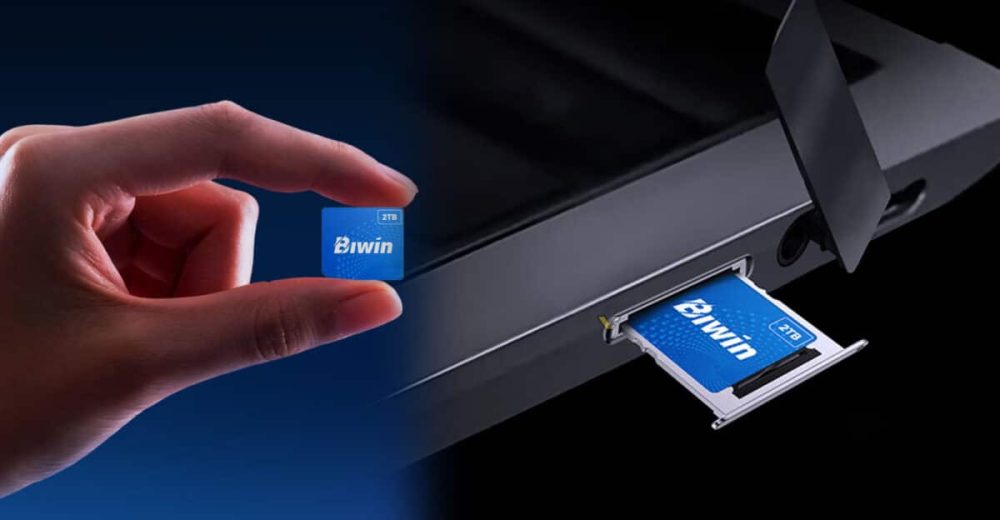After 23 years, Microsoft finally hung up on Skype, announcing that the pioneering internet calling service would shut down on May 5, 2025. The move? A not-so-subtle nudge (or shove) for users to migrate to Microsoft Teams—the company’s preferred communications hub.
While the news might not shock industry watchers—Skype’s decline has been unfolding for years—this is still the official end of an era. A service that once defined internet communication, peaking at 300 million users, will fade into history. The irony? Skype was once Microsoft’s golden child, and it was acquired for $8.5 billion in 2011. It’s being buried quietly today as Teams takes over the limelight.
From Top Dog to Obsolete: How Skype Lost the War
Skype wasn’t just another messaging app. It pioneered VoIP (Voice over Internet Protocol) when dial-up internet was still a thing. By the late 2000s, it had become the go-to platform for voice and video calls, long before Zoom and WhatsApp made video chats the norm.
So what happened? A slow, painful decline, fueled by:
✅ Neglect & Poor Integration: Microsoft never fully capitalized on Skype’s dominance. Features were inconsistent, UI changes confused users, and Skype for Business clashed with consumer Skype.
✅ Rise of Competitors: Zoom, WhatsApp, Discord, and FaceTime offered slicker, more manageable alternatives.
✅ Microsoft’s Priorities: When Teams launched in 2016, Skype’s days were numbered. Microsoft officially axed Skype for Business in 2021, and the consumer version remained in limbo.
By 2023, Skype’s daily users had dwindled to just 36 million—a far cry from its peak. Meanwhile, Teams exploded, hitting 320 million users thanks to its business and personal integrations. Microsoft saw the trend and decided: Why keep both?
The Future: Teams or Bust?
Skype users now have two choices:
1️⃣ Move to Teams (Free) – Microsoft promises a smooth transition, with contacts and chats automatically migrating. But let’s be honest—Teams has always felt like a business app, not a casual chat tool. Will former Skype users embrace it?
2️⃣ Export Data & Move On – If Teams isn’t appealing, users can grab their chat history and find alternatives. But Microsoft isn’t making this easy—Skype numbers and call credits are being phased out.
One of Skype’s most significant losses is phone-call functionality. Unlike Skype, Teams Free won’t support PSTN calling (landline/mobile calls). Microsoft justifies this by saying, “People don’t need it anymore”—a debatable claim in a world where businesses and individuals still rely on internet-based calls to mobiles.
Microsoft’s Bet: Will It Pay Off?
By axing Skype, Microsoft simplifies its messaging strategy, focusing everything under the Teams umbrella. It’s a logical move from a business standpoint, but will it alienate casual users who want a simple way to chat?
The bigger question is: Can Teams ever replace Skype’s identity? Skype was iconic. It was the verb for internet calling. Teams, in contrast, feels like a corporate tool. Will people start saying, “Hey, let’s Teams call?” Doubtful.
Microsoft is taking a gamble, but with Skype fading into irrelevance, it’s a risk it’s willing to take.
The End of an Era
Microsoft’s statement is about moving forward, but let’s not forget: this is a farewell to one of tech’s most influential platforms. Skype changed the way the world communicated. Its shutdown marks the final chapter of an internet legend.
What do you think—was this inevitable, or could Skype have been saved? 🔥💬


